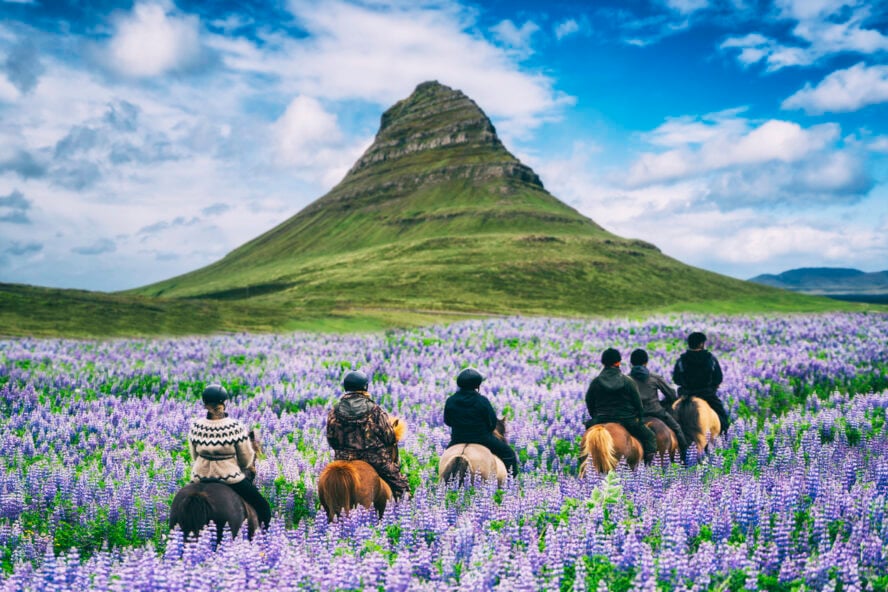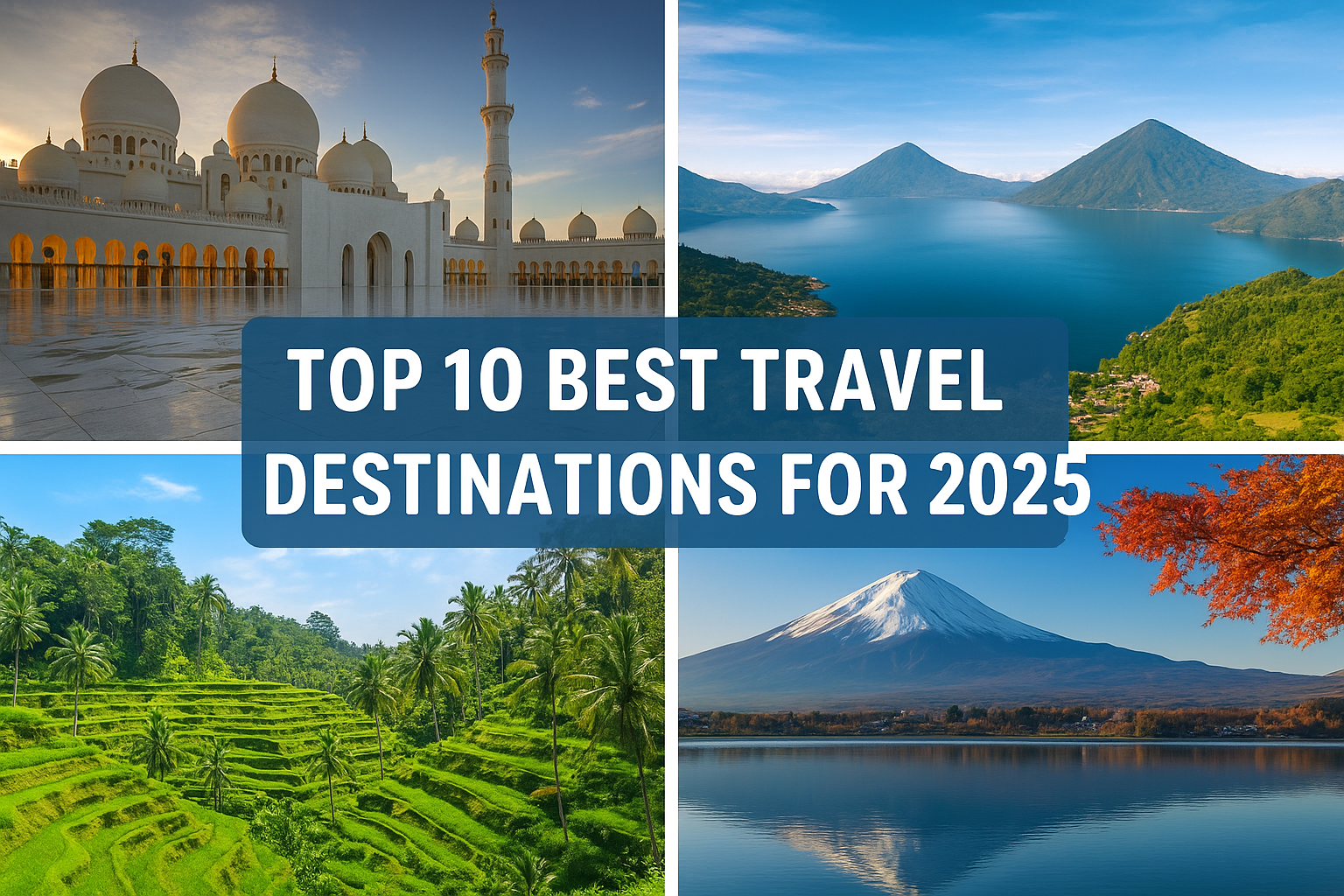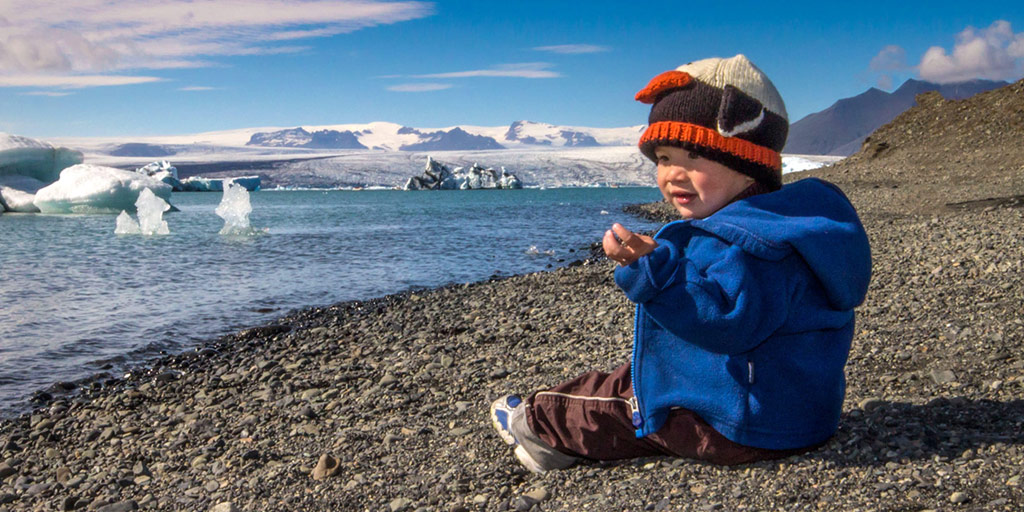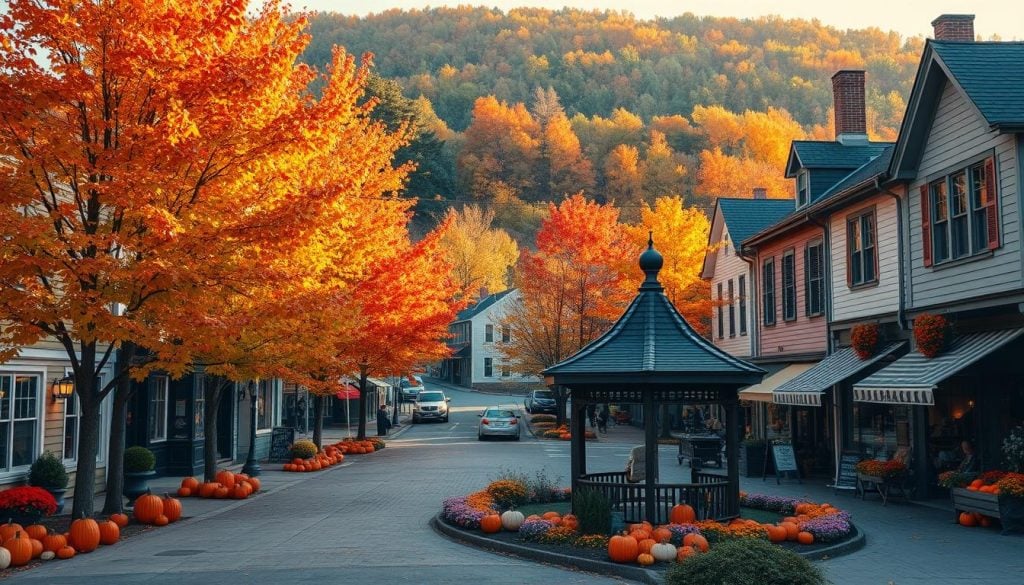
When Is the Best Time to Visit Iceland?
With ever-changing skies, unpredictable storms, and magical midnight suns, Iceland keeps you guessing. Here’s what travelers (and locals) are saying about the best time to visit.
🌍 Introduction: Iceland, Where the Weather Has the Final Say
If there’s one thing Iceland is famous for—beyond its waterfalls, volcanoes, and dancing northern lights—it’s the unpredictable weather.
Ask ten travelers when the best time to visit Iceland is, and you’ll get ten wildly different answers. Some recall basking under the midnight sun in shorts, while others describe being chased by rain and wind for ten days straight.
Even lifelong Icelanders admit:
“The weather of our youth is gone. It’s less predictable now—more wild.”
So how do you choose the best time to go?
This guide isn’t just about temperatures or daylight hours. It blends local wisdom, traveler stories, and season-by-season highlights to help you figure out the best time for you to visit Iceland.
🌞 Summer in Iceland (June – August): Long Days, Wild Weather
Best for: Midnight sun, photography, full access to roads & hikes
✅ The Good:
-
24-hour daylight in June and July — ideal for road trips, hiking, and endless adventure.
-
Most attractions and roads are fully open, including remote highland routes.
-
The landscape is lush: blooming lupines, green valleys, and gushing waterfalls.
-
Wildlife galore — including puffins, whales, and Arctic foxes.
❌ The Not-So-Good:
-
Weather is still unpredictable — yes, even in summer.
-
Peak tourist season means higher prices and crowded hotspots like the Golden Circle.
-
Fog and rain can obscure views, even in June.
“We did a 10-day Ring Road trip in late June. It rained every single day. We couldn’t see the mountains because of the low fog—it was like the storm followed us.”
— Disheartened Traveler
But others get lucky:
“I’ve visited Iceland twice in June—once for 8 days and once for 11. It rained only once in total. I’d still bet on June for the best odds of dry skies.”
— Optimistic Explorer
🔎 Local Tip:
Statistically, June has the lowest rainfall, especially in the south and east. Still, always pack waterproof layers and hiking boots. Iceland rewards those who come prepared.
🍂 Autumn in Iceland (September – October): A Magical Transition
Best for: Northern lights, fall colors, fewer crowds
✅ The Good:
-
Cooler but manageable temperatures — no need for full arctic gear yet.
-
Tourism slows down — quieter roads, better deals on accommodation.
-
Start of aurora season in late August or early September.
-
Beautiful autumn foliage in the highlands and countryside.
❌ The Not-So-Good:
-
Days shorten quickly — by late October, daylight is under 9 hours.
-
Seasonal closures begin, especially on F-roads and remote trails.
-
Some campsites and restaurants shut down around mid-September.
“We went in mid-September and it was amazing. Great weather, fewer people, and we even saw the aurora. Just don’t wait too long—some places were already closing when we arrived.”
— Fall Enthusiast
🍁 Verdict:
If you love golden colors, value tranquility, and want a shot at seeing the northern lights without winter hazards, early-to-mid September is a golden window.
❄️ Winter in Iceland (November – March): Aurora Dreams and Arctic Drama
Best for: Northern lights, snow-covered landscapes, budget travel
✅ The Good:
-
Aurora sightings are possible almost every clear night.
-
Fewer tourists = lower prices on accommodation and car rentals.
-
Snowy, surreal landscapes — black sand beaches with snow, icy waterfalls, and dreamy vistas.
-
Unique winter experiences, like ice cave tours, snowmobiling, and glacier hikes.
❌ The Not-So-Good:
-
Very short days — as little as 4–5 hours of light in December.
-
Extreme weather — high winds, blizzards, and slippery roads.
-
Certain attractions and roads become inaccessible without 4×4 or guided tours.
“We went in November and saw the aurora twice. Barely any crowds. One day was crazy windy, but it was still the best trip we’ve ever had.”
— Aurora Hunter
“We hit a whiteout blizzard while driving in the north. It was terrifying… and somehow turned into the most memorable day of the trip.”
— Winter Warrior
🧊 Pro Tips:
-
Don’t drive unless you’re confident in snowy conditions. Join small group tours instead.
-
Check road.is and vedur.is daily for weather and road closures.
-
Bring a power bank and thermal base layers — winter in Iceland isn’t a game.
🌱 Spring in Iceland (April – May): The Quiet Before the Rush
Best for: Budget travel, peaceful vibes, waterfalls in full flow
✅ The Good:
-
Shoulder season discounts on flights, car rentals, and hotels.
-
Longer days return quickly — up to 18 hours of daylight by late May.
-
Fewer tourists, meaning quiet trails and empty waterfalls.
-
Melting snow means powerful waterfalls like Gullfoss and Skogafoss are at their peak.
❌ The Not-So-Good:
-
Weather can swing wildly — sun one moment, snow the next.
-
Some roads remain closed until late May, especially highland routes.
“We visited in early May and it was perfect. Sunny some days, light snow on others. Waterfalls were raging. The best part? No crowds anywhere.”
— Spring Seeker
🐣 Final Word on Spring:
If you’re flexible and want the magic of Iceland without peak season crowds or prices, spring may be your hidden gem.
🎒 The Real Secret: There Is No “Best” Time—Only Your Time
Iceland doesn’t cater to comfort. It asks for curiosity and presence.
You’ll chase sunsets that never end in June and watch the sky explode in green lights in January. You’ll hike through mossy lava fields in solitude one minute and brace yourself against 100kph winds the next.
The weather won’t always cooperate. But the memories? They’ll be unforgettable.
“It’s 3 AM and I’m experiencing my first true midnight sun. The sky is glowing pink and orange. I don’t know if it’s sunset or sunrise—and I don’t care. It’s magical.”
— Midnight Wanderer
📅 Quick Summary: When to Visit Iceland
| Season | Best For | Trade-offs |
|---|---|---|
| June – Aug | Midnight sun, full access, hiking, wildlife | Higher prices, more crowds, rainy surprises |
| Sept – Oct | Fall colors, aurora sightings, fewer tourists | Shorter days, seasonal closures |
| Nov – Mar | Northern lights, snow scenery, lower prices | Dangerous driving, short daylight, road closures |
| Apr – May | Budget trips, quiet roads, roaring waterfalls | Mixed weather, some snow-bound regions |
🧭 Final Travel Tips for Iceland (Any Season)
-
Pack layers—even in summer. Bring waterproofs, thermals, and wind-resistant gear.
-
Let the weather guide your itinerary. Leave room for spontaneous changes.
-
Use SafeTravel.is, Road.is, and Vedur.is to stay updated on safety and weather.
-
Rent a 4×4 in shoulder and winter months—or join guided tours.
-
Book early if you’re visiting between June and August.
- The best time to visit Iceland isn’t a date on the calendar—it’s a reflection of what you seek: solitude, sunshine, stormy drama, or silent beauty. Whichever month you choose, come ready to adapt, explore, and be awed. Iceland doesn’t promise comfort—but it delivers wonder.









